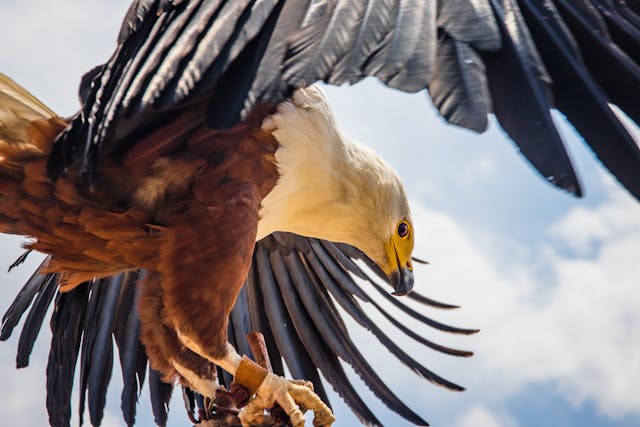Key Navajo Phrases for Travelers and Learners
Step into the rich world of the Navajo language as you prepare for your travels or cultural adventures. Before you dive into Navajo phrases, get to know these key facts that will deepen your connection to every word you learn:
- Navajo, or Diné Bizaad, is the traditional language of the Navajo people, carrying centuries of stories, ceremonies, and knowledge.
- Navajo is spoken primarily in the Southwestern United States, especially across Arizona, New Mexico, Utah, and parts of Colorado within the Navajo Nation.
- Navajo belongs to the Athabaskan branch of the Na-Dené language family, which includes languages spoken in Alaska, Canada, and the American Southwest.
- Modern Navajo uses the Latin alphabet with some additional letters and diacritics to represent its sounds accurately.
- Learning Navajo phrases helps you connect with Navajo communities, understand local culture, and respect the language’s role in preserving traditions and identity.
Navajo Greetings
Starting your journey with greetings helps you connect respectfully with Navajo speakers. These Navajo phrases are useful for daily interactions and travel situations:
- Hello – Yá’át’ééh
- Goodbye – Hágooshį́į́
- Good morning – Yá’át’ééh abíní
- Good evening – Yá’át’ééh ałní’íní
- Good night – Yá’át’ééh hiiłchi’į’
- Please – T’aa shoodi
- Thank you – Ahéhee’
- You’re welcome – Ahéhee’
- Yes – Aoo’
- No – Dooda
- Excuse me – T’aa shoodi (also used for getting attention)
- I’m sorry – Doo shił bééhózin da
- What is your name? – Haash yinilyé?
- My name is [name] – Shí éí [name] yinishyé
- Nice to meet you – Nizhónígo ałhééhosiilzįįd
- How are you? – Ąą’ ha’íí baa naniná?
- Fine, thank you – ‘Áh nísts’ííd
These Navajo language words and greetings will give you a solid base for respectful interaction while exploring Navajo communities.
Navajo Words for Colors
Knowing Navajo words for colors helps you describe the world around you and understand local art and nature discussions:
- Black – łizhin
- White – łigai
- Grey – łiba
- Red – łichxííʼ
- Blue – dootłʼizh
- Yellow – łitso
- Green – chʼilgo dootłʼizh
- Orange – łitsxo
- Purple – tsédidééhgo dootłʼizh
- Brown – dibéłchii
- Pink – dinilchii
These Navajo language words for colors will help you when discussing landscapes, clothing, and traditional crafts during your stay.
Navajo Words for Family
Family is central in Navajo culture, making it valuable to learn Navajo words for family when speaking with locals:
- Mother – shimá
- Father – shizhé’é
- Grandmother – shimasání
- Grandfather – shicheii
- Older brother – shinaaí
- Older sister – shádí
- Younger brother – shitsilí
- Younger sister – shideezhí
- Son – shiyázhí (also means “my little one”)
- Daughter – shiyázhí
- Aunt – shimá yazhí
- Uncle – shizhé’é yazhí
Using these Navajo phrases will help you express respect while discussing family or addressing elders within the community.
Navajo Words for Animals

Exploring nature on Navajo land will be more engaging once you know some Navajo words for animals:
- Dog – łééchąąʼí
- Cat – mósí
- Horse – łį́į́ʼ
- Sheep – dibé
- Cow – béésh łį́į́ʼ
- Bird – tsídii
- Snake – tł’ízí
- Fish – łóóʼ
- Coyote – mąʼii
- Rabbit – gah
- Bear – shash
- Deer – béégashii
- Buffalo – dághaaʼ
These Navajo phrases will enhance your nature experiences while showing your interest in learning about the land’s wildlife.
FAQ About the Navajo Language
1. How many speakers does the Navajo language have?
The Navajo language, or Diné Bizaad, has around 170,000 speakers, making it the most widely spoken Native American language in the United States. It is spoken mainly in the Navajo Nation, which covers parts of Arizona, New Mexico, and Utah, and is actively used in homes, ceremonies, and cultural events, helping preserve Navajo identity and traditions.
2. What are some common “bad words” in Navajo?
While Navajo, like any language, has expressions considered rude or offensive, direct translations of specific English swear words don’t always exist. However, some Navajo words and phrases convey similar meanings of insult or negativity. For example, “diisgis” can mean clumsy, stupid, or idiot, and “T’óó dinigis!” translates to “You’re crazy!” or “You’re nuts!”. Phrases like “doo yáʼátʼéeh da” mean “he is bad, evil, not good.”
Here are a few examples:
- “Diisgis” – Clumsy, stupid, idiot
- “T’óó dinigis!” – “You’re crazy!” or “You’re nuts!”
- “Doo ‘áhályą́ą da” – Idiot
- “Doo yáʼáshǫ́ǫ da” – A bad person; worthless; wicked
These words reflect disapproval or insult in Navajo but are typically milder in comparison to English profanity.
3. How can you learn Navajo?
Learning Navajo requires consistency, patience, and an interest in the culture tied to the language. You can start by learning Navajo language words for greetings, numbers, colors, and everyday objects. Listening to Navajo radio stations, watching videos, and practicing Navajo phrases regularly will improve your understanding.
Table of Contents
→Sign Up Now: Free Trial Navajo Lesson With a Native Teacher!←
For a structured approach, consider taking online Navajo lessons with an experienced teacher. Listen & Learn offers personalized online lessons with native Navajo speakers who guide you through pronunciation, useful phrases, and cultural context to ensure you develop practical communication skills while respecting the language’s traditions.
Contact Listen & Learn now and start your journey into the Navajo language!


